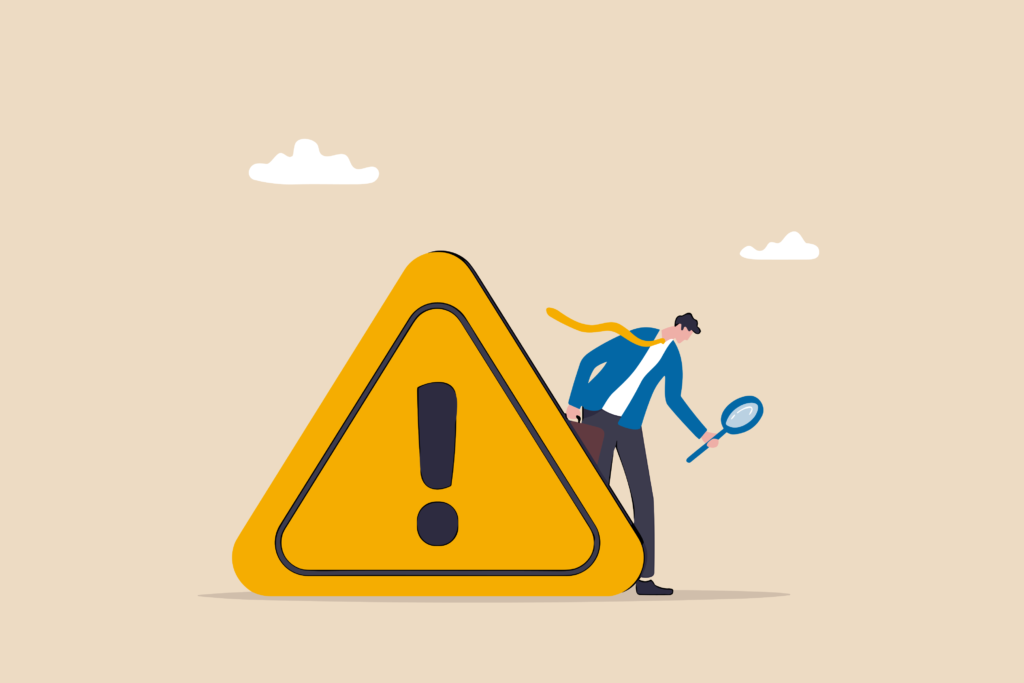
The Impact of Poor Work-Life Balance on Employee Well-being and Strategies for Achieving Balance
Research on the effects of poor work-life balance on employee well-being, strategies for achieving work-life balance, and the impact of work-life balance on job satisfaction and productivity.
Introduction:
Poor work-life balance is a prevalent issue in today’s fast-paced work environments. This article aims to explore the effects of poor work-life balance on employee well-being and productivity, as well as provide strategies for achieving a healthier balance between work and personal life.
- Effects of Poor Work-Life Balance on Employee Well-being:
Poor work-life balance can have several negative effects on employees, including:
– Increased stress levels: When employees struggle to balance work demands with personal responsibilities, it can lead to heightened stress levels, impacting both physical and mental health.
– Burnout: Continuous exposure to excessive work demands without adequate time for rest and personal activities can result in burnout, characterized by emotional exhaustion, cynicism, and reduced productivity.
– Decreased job satisfaction: Employees who experience poor work-life balance may feel dissatisfied with their jobs due to the inability to enjoy personal activities and spend quality time with family and friends.
– Strained relationships: Poor work-life balance can strain relationships with family and friends, leading to conflicts and feelings of guilt or neglect.
- Strategies for Achieving Work-Life Balance:
To achieve a healthier work-life balance, individuals and organizations can implement the following strategies:
– Set boundaries: Establish clear boundaries between work and personal life. Avoid checking work emails or taking work-related calls outside of designated work hours.
– Prioritize self-care: Allocate time for self-care activities such as exercise, hobbies, and relaxation. Taking care of physical and mental well-being is crucial for maintaining work-life balance.
– Time management: Practice effective time management techniques, such as prioritizing tasks, setting realistic goals, and delegating when necessary. This helps prevent work from encroaching on personal time.
– Flexible work arrangements: Advocate for flexible work arrangements, such as flexible schedules or remote work options, which allow employees to better manage their work and personal commitments.
– Communication and support: Foster open communication within the workplace, encouraging employees to express their concerns and needs related to work-life balance. Provide support and resources for managing stress and achieving balance.
– Regular breaks and vacations: Encourage employees to take regular breaks during the workday and utilize their vacation time. Taking time off allows for relaxation, rejuvenation, and quality time with loved ones.
Conclusion:
Poor work-life balance can have detrimental effects on employee well-being, job satisfaction, and overall productivity. By implementing strategies such as setting boundaries, prioritizing self-care, and advocating for flexible work arrangements, individuals and organizations can create a healthier balance between work and personal life. Achieving work-life balance is crucial for maintaining employee well-being, promoting job satisfaction, and ultimately enhancing overall organizational success.

